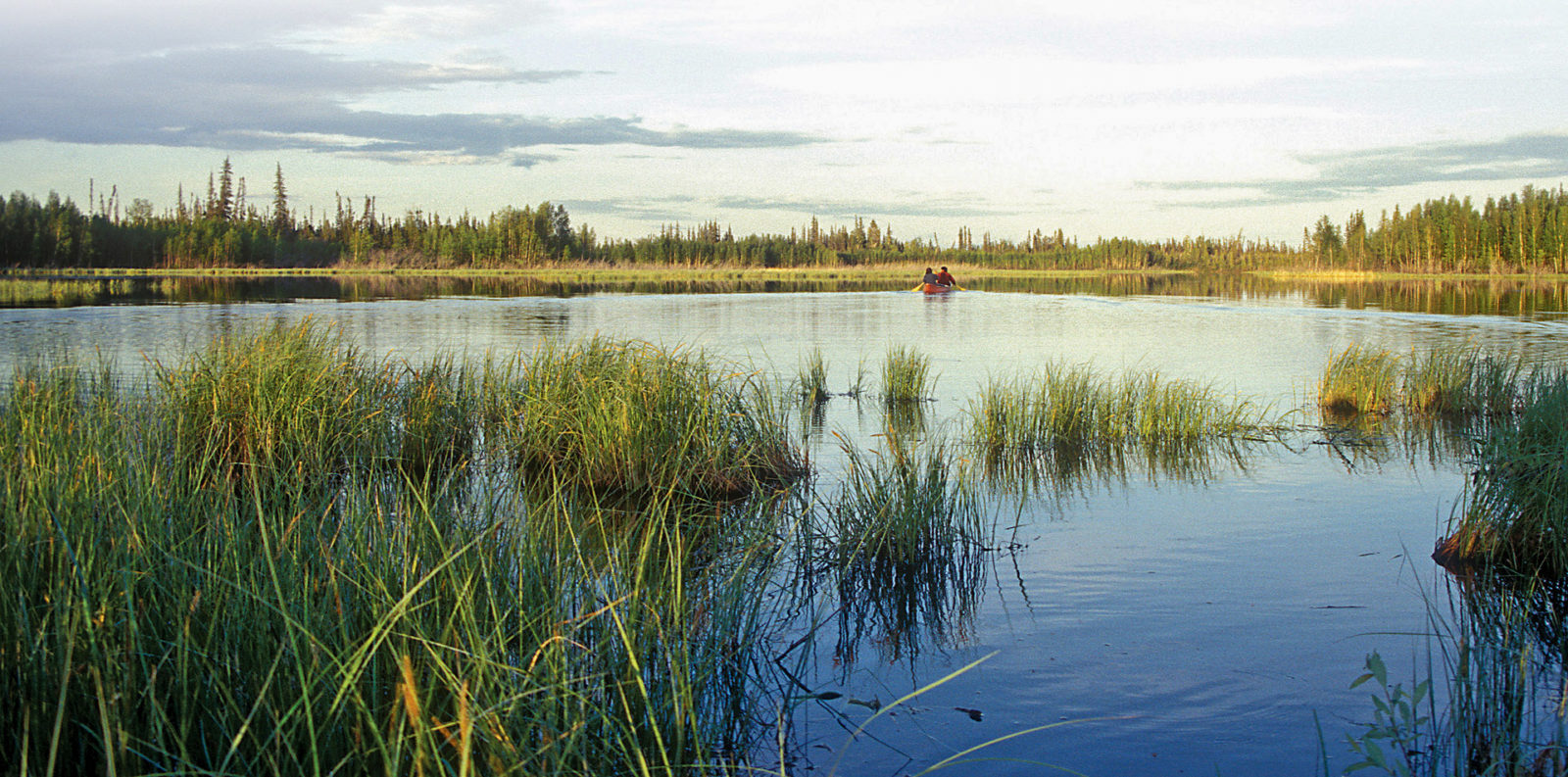Publication Type: Scientific
Generally riparian areas are described as the "interface between aquatic and terrestrial systems." However, definitions pertaining to riparian areas range from simple to complex, and can be ecologically-based or defined in terms of management applications.
Read
More
Forestry
Publication Type: Scientific
Anticipating the effects of climate change on biodiversity is now critical for managing wild species and ecosystems. Climate change is a global driver and thus affects biodiversity globally. However, land-use planners and natural resource managers need regional or even local predictions.
Read
More
Conservation Planning
Publication Type: Scientific
To evaluate variation in abundance of boreal wetland macroinvertebrates and test for effects of this variation on the diet and habitat use of a bird species that consumes aquatic invertebrates (lesser scaup, Aythya affinis), we collected macroinvertebrates and birds and conducted bird surveys (June-August) at two wetland complexes in northwestern Canada and assessed diet composition using an isotopic approach.
Read
More
Waterfowl
Publication Type: Scientific
The Canadian and Alaskan boreal zone is one of the most water rich areas in the world, and contains an estimated combined surface water and peatland area the size of Indonesia (?1.94 million km2). Boreal wetlands are diverse in form and function and can be classified into five major types: bogs, fens, swamps, marshes, and shallow open water wetlands.
Read
More
Wetlands



